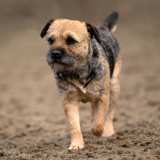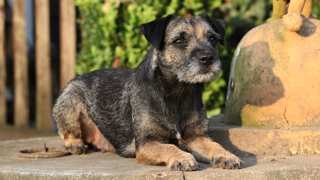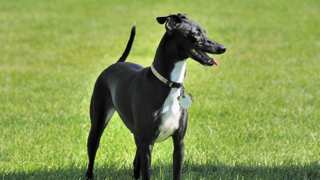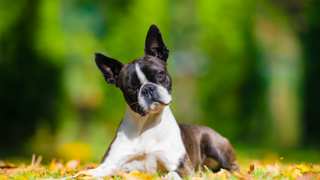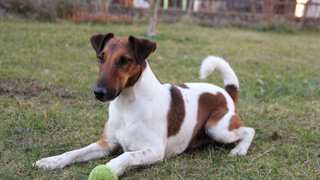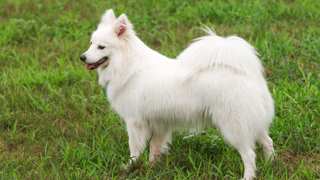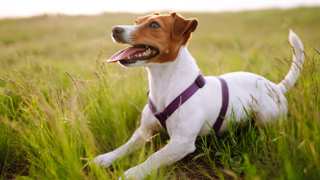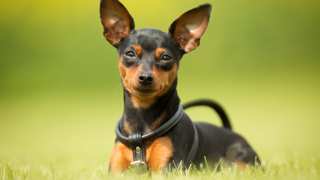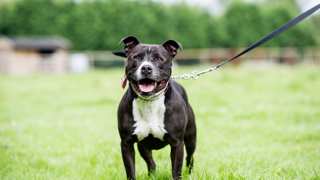Exercise plays a major role in Border Terriers' health, behavior, and longevity. These dogs are prone to behavioral problems like barking, digging, and destructiveness (not to mention obesity) if they're not exercised every day, so it's important to make Border Terrier exercise requirements a part of your daily schedule.
And just how much exercise does a Border Terrier need? Though the amount will vary depending on a BT's age, the typical adult Border Terrier will need at least 45 minutes of physical activity per day; you can begin exercising a BT puppy at three months of age by taking it on short (10- to 15-minute) walks, then increasing the walks' duration as the pup grows.
Some things to consider when exercising your Border Terrier: first, puppies younger than nine months old shouldn't participate in activities that include a lot of jumping and running, as doing so can injure their still-developing bones and joints; BTs are prone to structural issues like hip dysplasia and patellar luxation, and these conditions often originate while the dog is young, when a puppy overexerts itself. Second: BTs, with their history as small-game hunters, have incredibly high prey drives, so they'll need to be leashed when in public to keep them from taking off after critters they instinctively see as prey. When exercising in the yard, it'll need to be securely fenced, because dogs of this breed are exceptional escape artists--and even then, they'll still need close supervision. A BT will instantly dig under (or simply jump over!) a fence when it decides to chase an interesting-looking bird or squirrel.
Precautions aside, it's vital that you give your Border Terrier daily exercise. Without it, these dogs will become overweight quickly--and they'll be furry little nightmares: they'll dig holes in everything, bark nonstop, and become thoroughly disobedient dogs. So daily physical activity will be great for your BT's peace of mind, as well as your own. Here are a few exercise ideas:
- Walking: Two 20-minute walks per day is a good target
- Fetch/Frisbee: A BT will chase a ball until you're tired of throwing it
- Hide-and-Seek: Good indoor activity; give your BT a treat when it finds you
- Dog Park: A BT will enjoy cavorting with other dogs; will need to be leashed
- Hiking: Great time for bonding
When indoors, it's a good idea to give your Border Terrier access to one or more chew-toys. Not only will that allow the dog to release some pent-up energy, but since these dogs are known as frequent "chewers," they can chew on the toy instead of on your favorite pair of slippers. It's also recommended that you establish a consistent daily exercise schedule for your BT, such as walks after breakfast and dinner and a play period in the afternoon.
